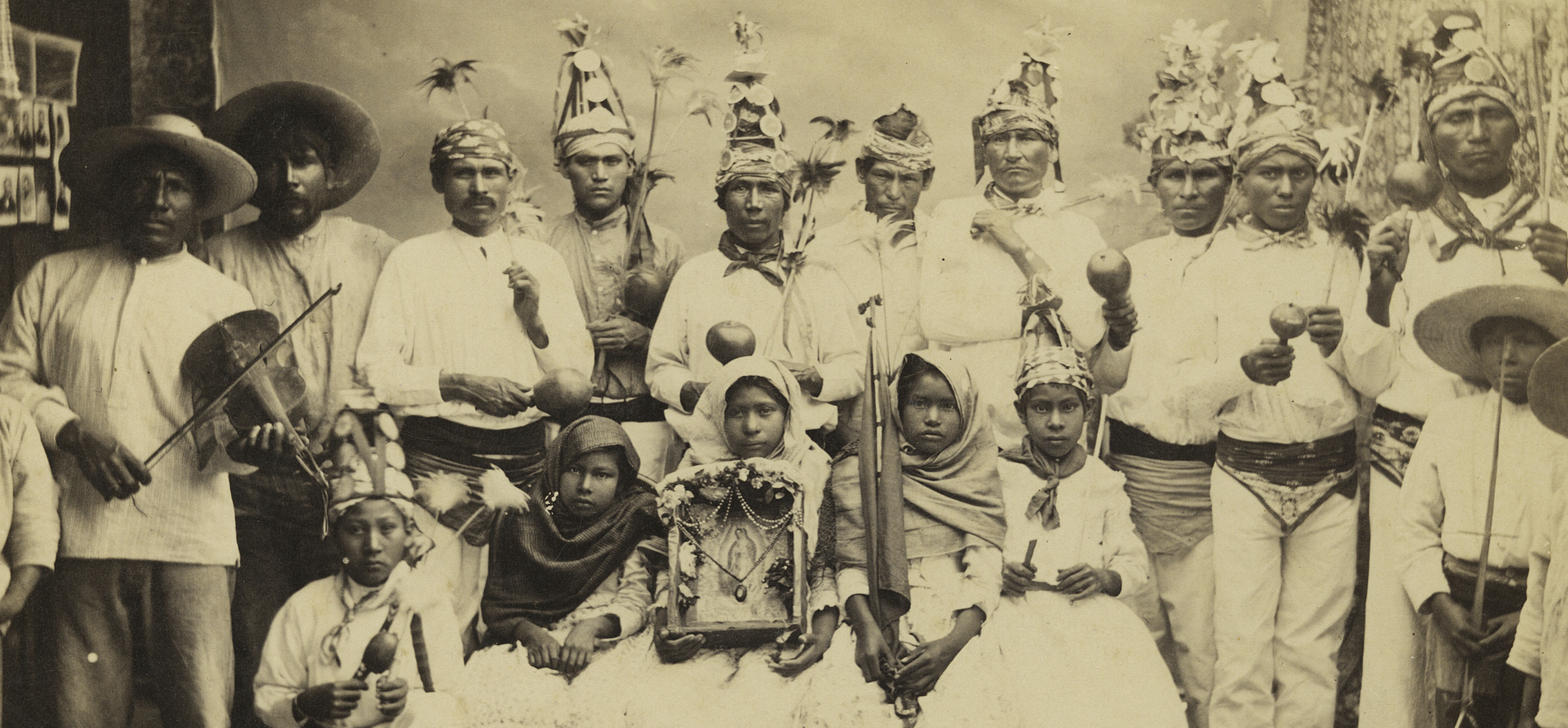Pal Rosti Barkoczi (also known as Paul de Rosti) was a pioneer of photography in Venezuela. The eleven views of Caracas and the valle the Aragua he left us are the earliest photographic views of Venezuela – and should be ranked as masterpieces of primitive photography.
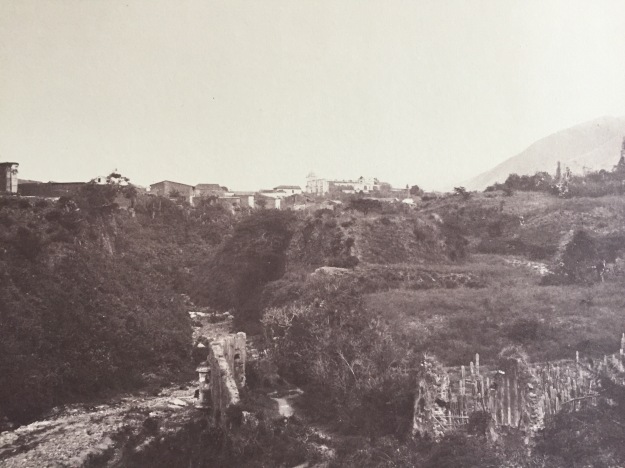
Quebrada de Catuche (all titles are the original from Rosti hand)
Pal Rosti was born in Budapest, Hungary, in 1830. He studied at the university of Munich School of Science for four years then geography and ethnography in Budapest in 1853. In 1854 and 1855, Rosti is probably in Paris, learning photography. Although he doesn’t appear in the extensive list of Gustave Le Gray students, he certainly learnt his waxed paper negative process.
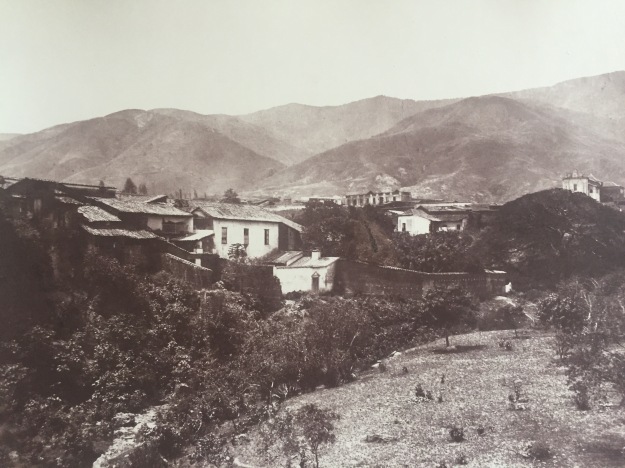
La Trinidad et le grand Samang
On August 4th 1856 he embarks from le Havre to New York, and travels in the United States as far as Wisconsin. In January 1857 he arrives in Cuba.
He lands in Venezuela probably late March 1857, arriving in La Guaira (he leaves Cuba on March 12th and sails thru Saint-Thomas) and leaves Venezuela at the end of June. So he spends at most three months travelling from la Guaira to Angostura.
His trip in Venezuela includes visit to Caracas, the Valle de Aragua (San Mateo and the El Palmar hacienda) then south to San Juan del Moros, probably the Lllanos, then the Orinoco river up to Angostura (now Ciudad Bolivar). But he photographs only Caracas and the Valle de Aragua. A quote from his diary explains why : “In order to simplify my trip, I left my cameras at “El Palmar” which I wouldn’t have been able to use anyway in the Llanos, and my extra luggage as well, requesting them to send it on to Saint Thomas from La Guaira. I found them there after several months.”
From Angostura he probably sails back to Saint-Thomas and then to Veracruz, Mexico.
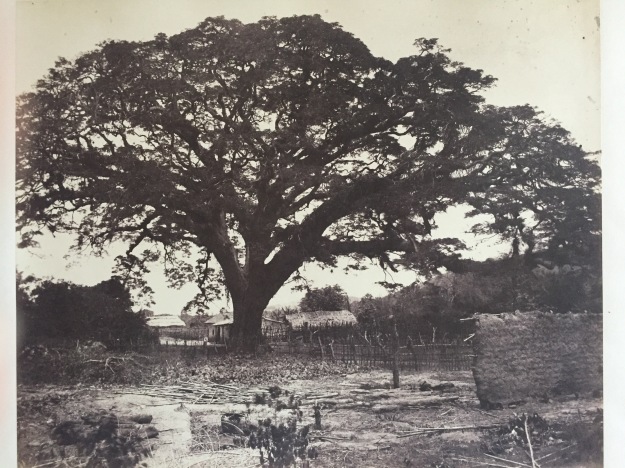
El grande Samang, cerca de Turmero, valle de Aragua
Rosti lands on 8 August 1858 in Southampton. From there, it is very likely that he travels to Paris, then Hungary thru Berlin. On November 1st 1858, Rosti visits Alexander Von Humboldt, the inspiration for his travel, in his house in Berlin and offers him an album of forty seven photographic views (the copy presently at the Ludwig Museum in Cologne). At the beginning of 1859, he exhibits his photographic views of Cuba, Venezuela and Mexico at the National Casino in Budapest.
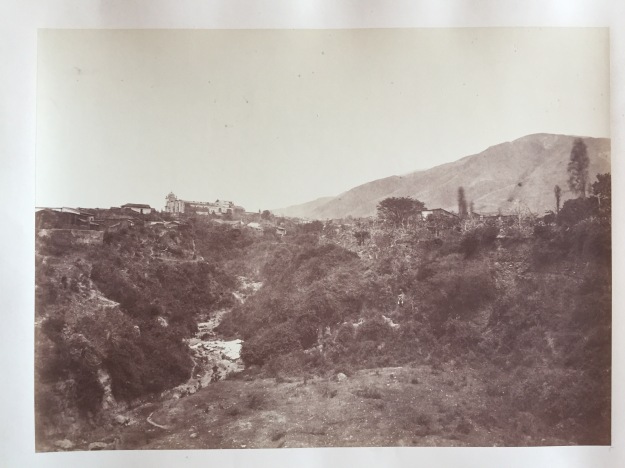
La Pastora
The bindings of all four existing album bear the mark of Despierres from Paris. We therefore know that all prints were made between his arrival in Southampton and his arrival in Berlin. It is more than likely that the prints were also made in Paris – the Le Gray atelier a prime suspect for such a wonderful job. We also know that Rosti had less than three months, between his arrival in England and his meeting with Humboldt, to have the photographs printed and the album bound – including travel time from Southampton to Berlin via Paris. That might explain why so few copies of the album are known.
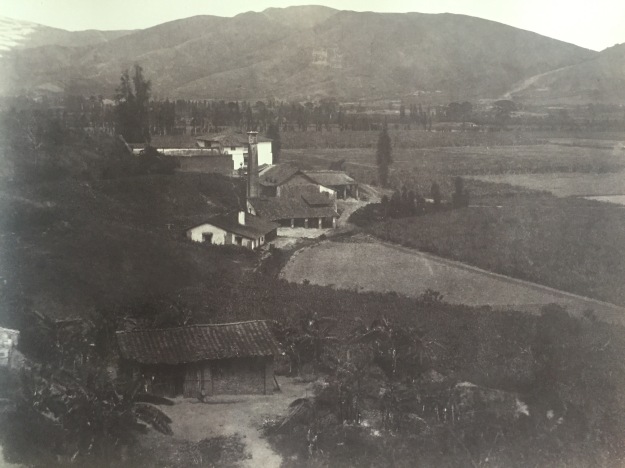
Hacienda de azucar, près de Caracas
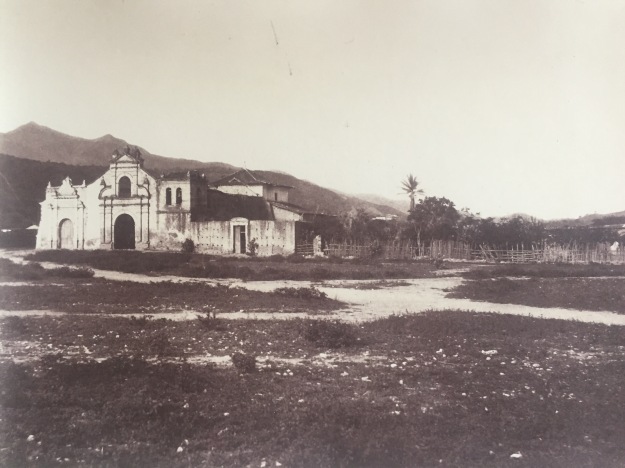
San Mateo
Four albums are known, three of which are located in Hungary and one in Germany. The contents of the three albums located in Hungary are not identical. The copy in the National Széchenyi Library which was originally given to the Hungarian National Museum contains 45 prints, the album in the Museum of Photography contains 47 prints, the album of the Loránd Eötvös Geophysical Institute contains 40 prints. The album in Cologne contained 47 prints (with 5 missing today).
In the two 47 prints albums, four pictures show parts of Havana, 11 photograph landscapes and buildings in Venezuela, and the remaining 32 from Mexico.
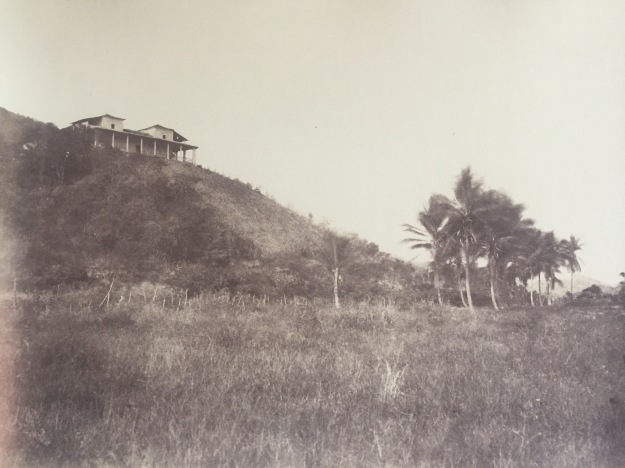
La maison de Bolivar

Une plantation de café
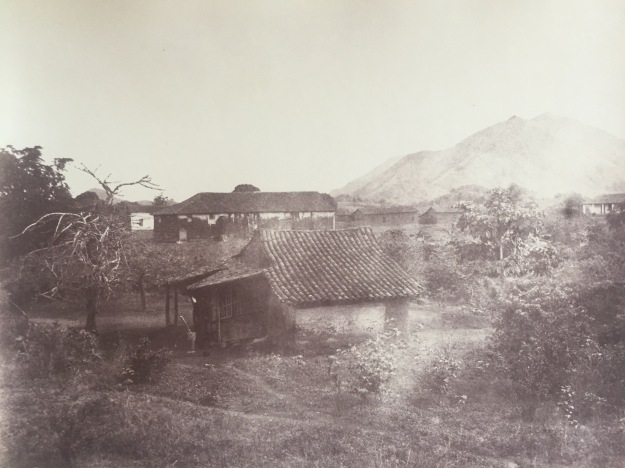
San Juan de los Moros
The whereabouts of the paper negatives are unknown. None of the photographs he might have taken in France or the United States have ever been found.
I am very grateful to the Ludwig Museum in Cologne for letting me have a long look at this stunning album.
YOU CAN ALSO FOLLOW US ON INSTAGRAM : GREGORYLEROYPHOTO
